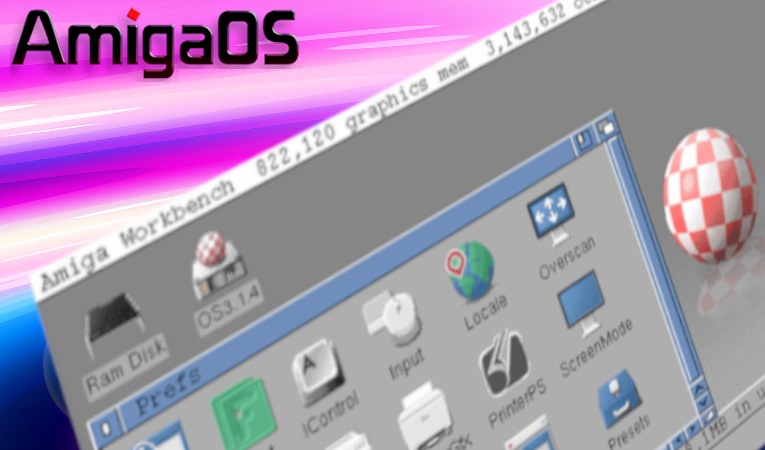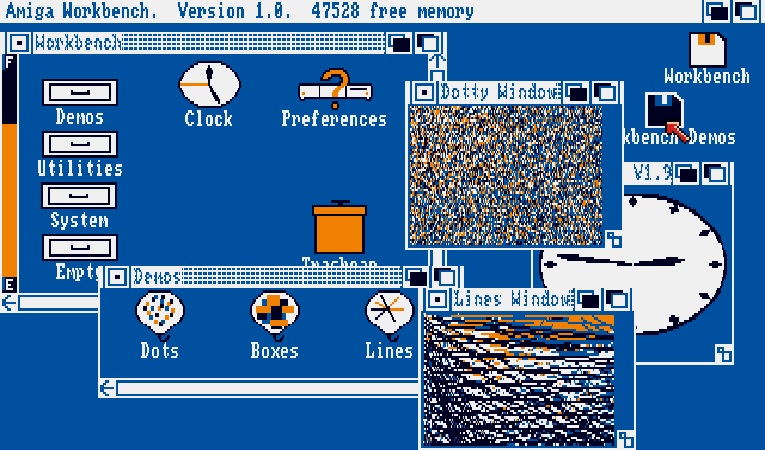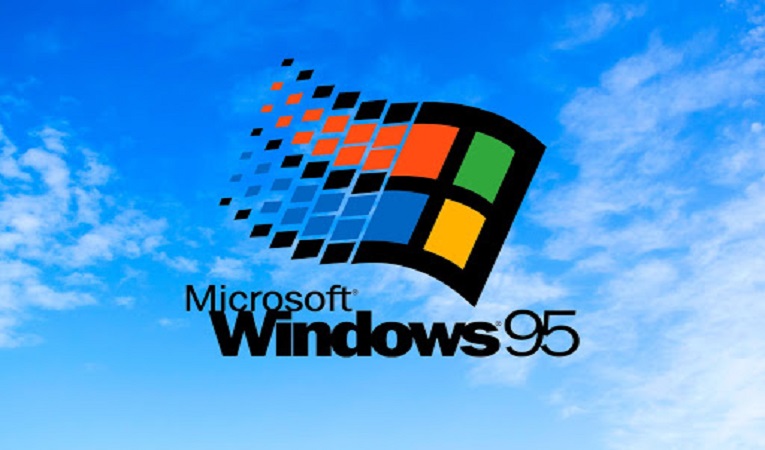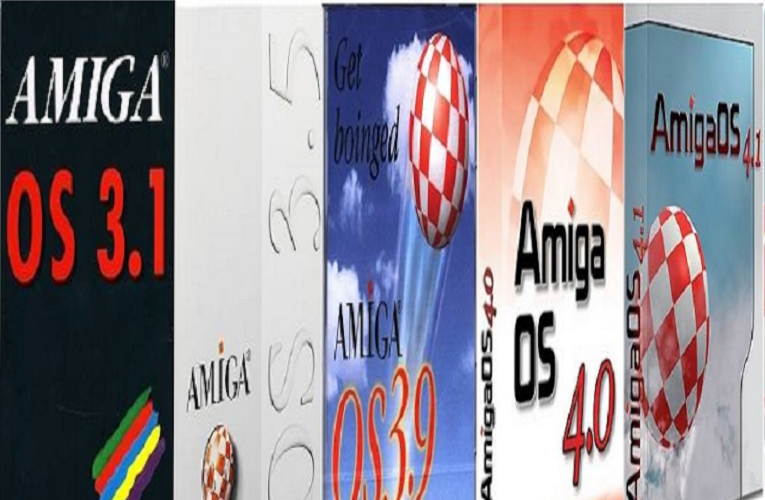
The multitasking capabilities of AmigaOS (Amiga Workbench), had a profound and lasting impact on Linux,UNIX, Microsoft Windows and Apple macOS. The innovative techniques and concepts introduced by AmigaOS served as inspiration and laid the groundwork for modern multitasking environments. Let’s delve deeper into how the Amiga’s multitasking legacy influenced these prominent operating systems. The Amiga’s user-centric design philosophy, characterized by its drag-and-drop functionality, interactive gadgets, and easy customization, influenced the user interface design of both Windows and macOS. In the 80s, most personal computers could only run a single application at a time, restricting users to a linear workflow. However, the evolving demands of computing required a more efficient way to handle multiple tasks concurrently. Unlike many other systems, which relied on cooperative multitasking, the Amiga introduced preemptive multitasking. This approach allowed the operating system to allocate time to each running task based on priorities, ensuring a fair distribution of CPU time. In the end, AmigaOS featured a multitasking kernel that managed the allocation of CPU time to different tasks. This kernel ensured that high-priority tasks received sufficient attention while preventing lower-priority tasks from monopolizing resources.

AmigaOS treated each application as a separate task or process. This separation prevented one malfunctioning application from crashing the entire system, enhancing system stability. The system also employed time slicing, allowing each task to execute for a short time before moving to the next task. This gave the illusion of simultaneous execution. AmigaOS was one of the first to include IPC mechanisms that enabled tasks to communicate with each other. This facilitated data sharing and cooperative multitasking when necessary. The Amiga’s multitasking performance was also significantly bolstered by its unique set of custom chips, which seamlessly worked in combination to provide specialized support to the Motorola 68000 CPU. These custom chips Agnus, Denise, Paula, and the later Enhanced Chip Set (ECS), played a vital role in facilitating multitasking and enhancing the overall computing experience on the Amiga platform. While Amiga’s multitasking was innovative, hardware limitations sometimes restricted the efficiency of running resource-intensive tasks simultaneously. Not all applications were designed to take full advantage of Amiga’s multitasking capabilities. Some applications were designed with a single-task mindset, limiting their compatibility with multitasking environments. The Amiga’s exemplary multitasking capabilities indeed exerted an indelible influence on the evolution of modern operating systems. Microsoft Windows and Apple macOS absorbed key concepts pioneered by AmigaOS, such as preemptive multitasking, task prioritization, and user-centric design. The adoption of these concepts contributed to the stability, efficiency, and user experience of both Windows and macOS. The Commodore Amiga and it’s operating system contributed to the evolution of computing in general. Its influence on GUI design and the foundation it laid for modern operating systems’ multitasking capabilities underscore its lasting impact. As we reflect on the Amiga’s multitasking magic, we appreciate how its pioneering approach shaped the way we interact with technology today.













